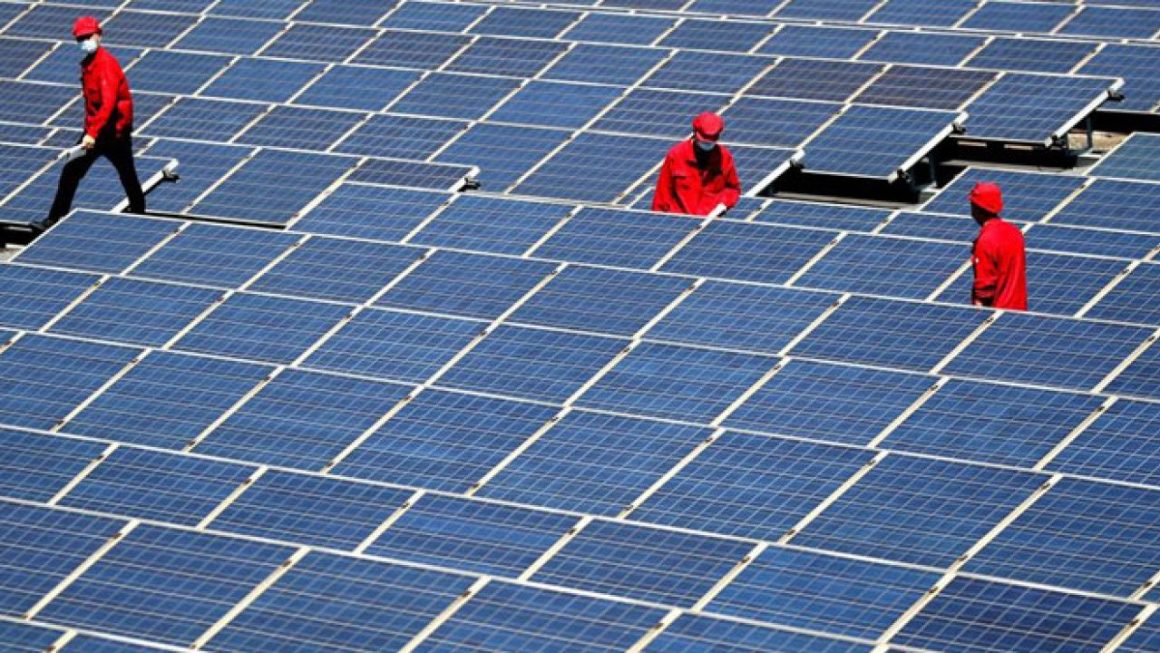With the technological advancement in our world today, internet service has become an important tool we need to carry out our day-to-day activities. We use the internet for various purposes – business, research, entertainment, leisure, watching tv shows, or playing online games to pass the time. It’s a part of our everyday life.
Hence, getting access to an ISP that offers fast, secure, and reliable internet service is important so you can go about your daily activities that require internet connectivity without any difficulties. For reliable and super-speed internet service, check this article.
If your internet encounters issues, you can be left stranded. You must find a solution to the problem, and the first step to doing that is identifying the source. As you read on, you will discover common internet service issues and how to troubleshoot them. Before we go into that, here are a few signs that indicate network problems:
● Laggy video calls
● Slow application network speed
● Zero internet connections
● Buffering downloads
● Poor voice call quality, and so on.
These are tell-tale signs that your internet service has developed an issue.
Common Internet Service Problems And How To Troubleshoot
Knowing the exact internet service issues you have would go a long way in helping you solve them. Here are common problems you might face when trying to access the internet:
Most Common Internet Service Issues And How To Troubleshoot
With the technological advancement in our world today, internet service has become an important tool we need to carry out our day-to-day activities. We use the internet for various purposes – business, research, entertainment, leisure, watching tv shows, or playing online games to pass the time. It’s a part of our everyday life.
Hence, getting access to an ISP that offers fast, secure, and reliable internet service is important so you can go about your daily activities that require internet connectivity without any difficulties. For reliable and super-speed internet service, check this article.
If your internet encounters issues, you can be left stranded. You must find a solution to the problem, and the first step to doing that is identifying the source. As you read on, you will discover common internet service issues and how to troubleshoot them. Before we go into that, here are a few signs that indicate network problems:
● Laggy video calls
● Slow application network speed
● Zero internet connections
● Buffering downloads
● Poor voice call quality, and so on.
These are tell-tale signs that your internet service has developed an issue.
Common Internet Service Problems And How To Troubleshoot
Knowing the exact internet service issues you have would go a long way in helping you solve them. Here are common problems you might face when trying to access the internet
Slow Response From Your Network
This is when your internet takes longer to respond to your request than usual. This could be due to reasons such as added loads, traffic, overloading, or heavy downloads.
An additional load like a new application, videos from the internet, or a video conference can slow down your network’s response time. Overloading can be caused by rerouted traffic from a faulty network, causing a slowed-down process.
Most times, the network speed is faster at business establishments than at home, so employees can make a habit of downloading high-definition videos at work which can slow down the speed of your office network. To troubleshoot this issue, you can use a network monitoring tool.
DNS Problem
A Domain Network System (DNS) is like a phonebook directory for the internet where every website has its IP address documented. The DNS helps you match a domain name with its IP address, supplying information about it whenever you input that name in your browser.
For frequently used domain names, the match is already saved in the DNS cache and can be easily accessed without taking so much time.
The case is different for a domain name that is rarely used. The match may be saved in a distant cache, and this would require every server along the path to check its cache before requesting another server on that path to check its own cache – and the entire process keeps repeating.
If the response time is slow, there could be a slow link on the path or an overloaded or slow server. To troubleshoot this issue, the request can be moved to a faster chain of servers by your local network administrators.
High Use Of Bandwidth
Bandwidth refers to the capacity of an internet connection. The largest amount of information can be relayed over an internet connection in a measured time frame. Also, it’s the volume of information conveyed over a connection in a given time, and it is calculated in megabits per second (mbps).
A higher bandwidth allows your internet connection to work faster, meaning that the data being transferred is done quicker. It also accommodates a larger number of connected devices at once.
When someone or something on your network has the controlling weight of your bandwidth, it can congest your network and make it slow. For example, if an application or a user somewhere is using/downloading a large file worth gigabytes on your network, it will slow down your internet speed. How?
That download has taken up most of the allotted volume for transferring information through your internet connection, leaving too little for the other parts of the network that need it.
Certain causes of this issue include:
● File transfer which involves the transfer of heavy files over the internet
● Latency. A delayed time of transfer over the internet connection
● Large downloads
● Video streaming
● Packet loss
You can solve this problem by scanning for malware, setting resource-intensive restrictions on files and websites, limiting VoIP network usage, identifying your bandwidth hoggers, etc.
Weakness Of WiFi Signal
WiFi signals can suddenly become weaker in places where they used to be strong, leaving you frustrated. This issue can be caused by simply rearranging your room and placing obstacles in the path of your WiFi signal.
Objects such as metal cabinets, wooden furniture, glass objects, and brick walls can affect the strength of your signal. Also, devices like cordless phones, microwave ovens, and bluetooth can weaken your internet connectivity.
To troubleshoot, use a WiFi testing tool to detect the source of the problem. You can also get support from your WiFi manufacturers to suggest convenient spots to place your device.
Problems With Physical Components
Sometimes, internet service issues can come from the physical components of your device. It could be from a broken or faulty cord or a disconnected cable. Also, it may be that your external devices are outdated. Physical connectivity issues can also result from a wrong configuration or bad cable connections.
To troubleshoot this problem, you can use a network performance monitoring software that would save you time and help identify the exact location where the problem stems from. Also, simply updating your external devices, as some devices expire after three years, can resolve this problem.
To avoid this issue, run regular checks on your external devices and fix them when necessary.
Conclusion
These are common internet service issues you may come across in your day-to-day engagement with the internet. If you have tried troubleshooting these issues and they don’t work, you should contact your internet service provider or migrate to a better provider.
You can solve this problem by scanning for malware, setting resource-intensive restrictions on files and websites, limiting VoIP network usage, identifying your bandwidth hoggers, etc.
Weakness Of WiFi Signal
WiFi signals can suddenly become weaker in places where they used to be strong, leaving you frustrated. This issue can be caused by simply rearranging your room and placing obstacles in the path of your WiFi signal.
Objects such as metal cabinets, wooden furniture, glass objects, and brick walls can affect the strength of your signal. Also, devices like cordless phones, microwave ovens, and bluetooth can weaken your internet connectivity.
To troubleshoot, use a WiFi testing tool to detect the source of the problem. You can also get support from your WiFi manufacturers to suggest convenient spots to place your device.
Problems With Physical Components
Sometimes, internet service issues can come from the physical components of your device. It could be from a broken or faulty cord or a disconnected cable. Also, it may be that your external devices are outdated. Physical connectivity issues can also result from a wrong configuration or bad cable connections.
To troubleshoot this problem, you can use a network performance monitoring software that would save you time and help identify the exact location where the problem stems from. Also, simply updating your external devices, as some devices expire after three years, can resolve this problem.
To avoid this issue, run regular checks on your external devices and fix them when necessary.
Conclusion
These are common internet service issues you may come across in your day-to-day engagement with the internet. If you have tried troubleshooting these issues and they don’t work, you should contact your internet service provider or migrate to a better provider.


